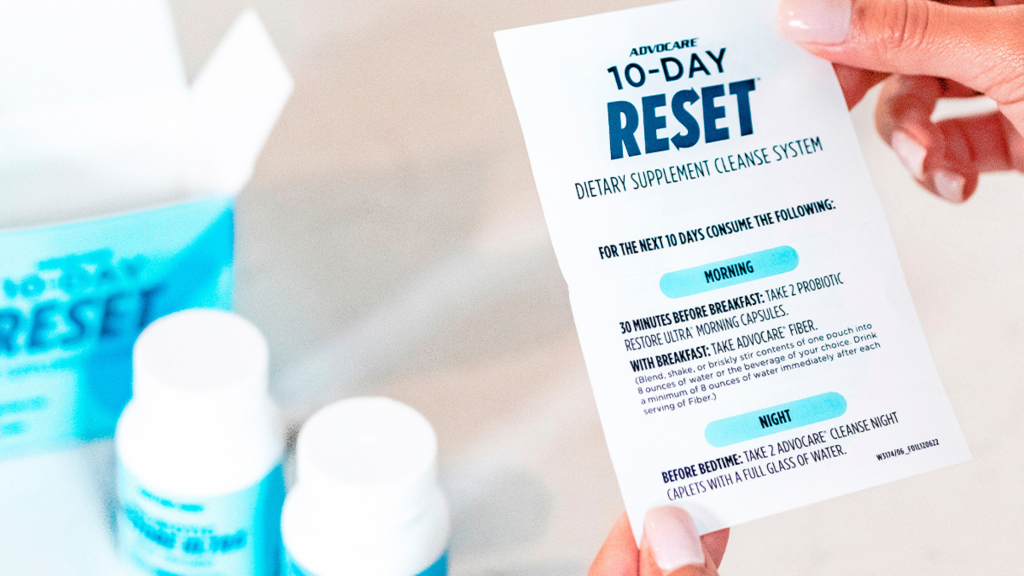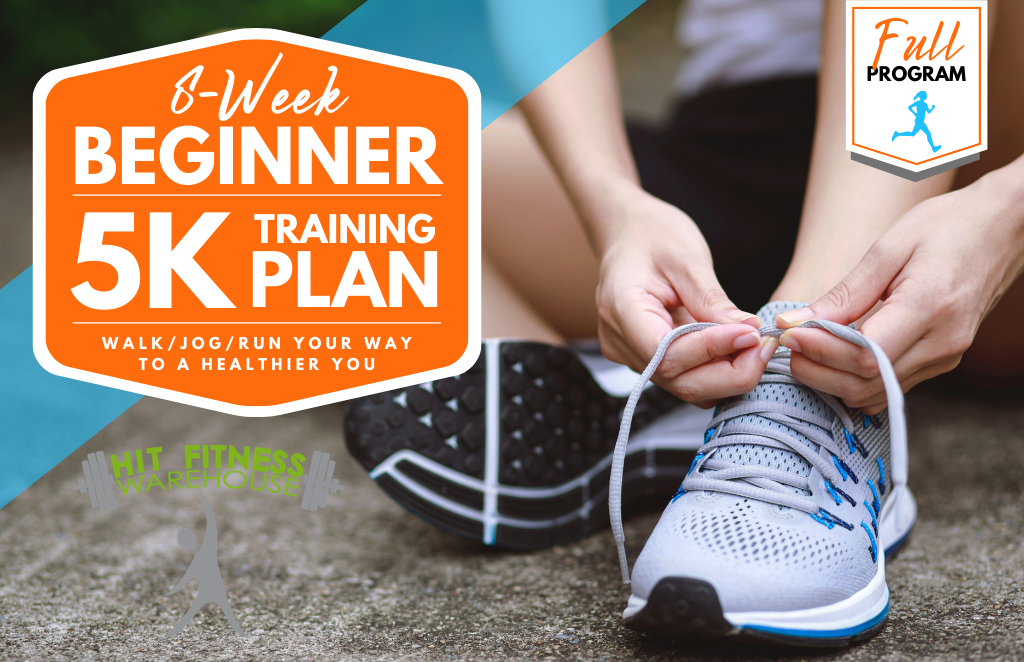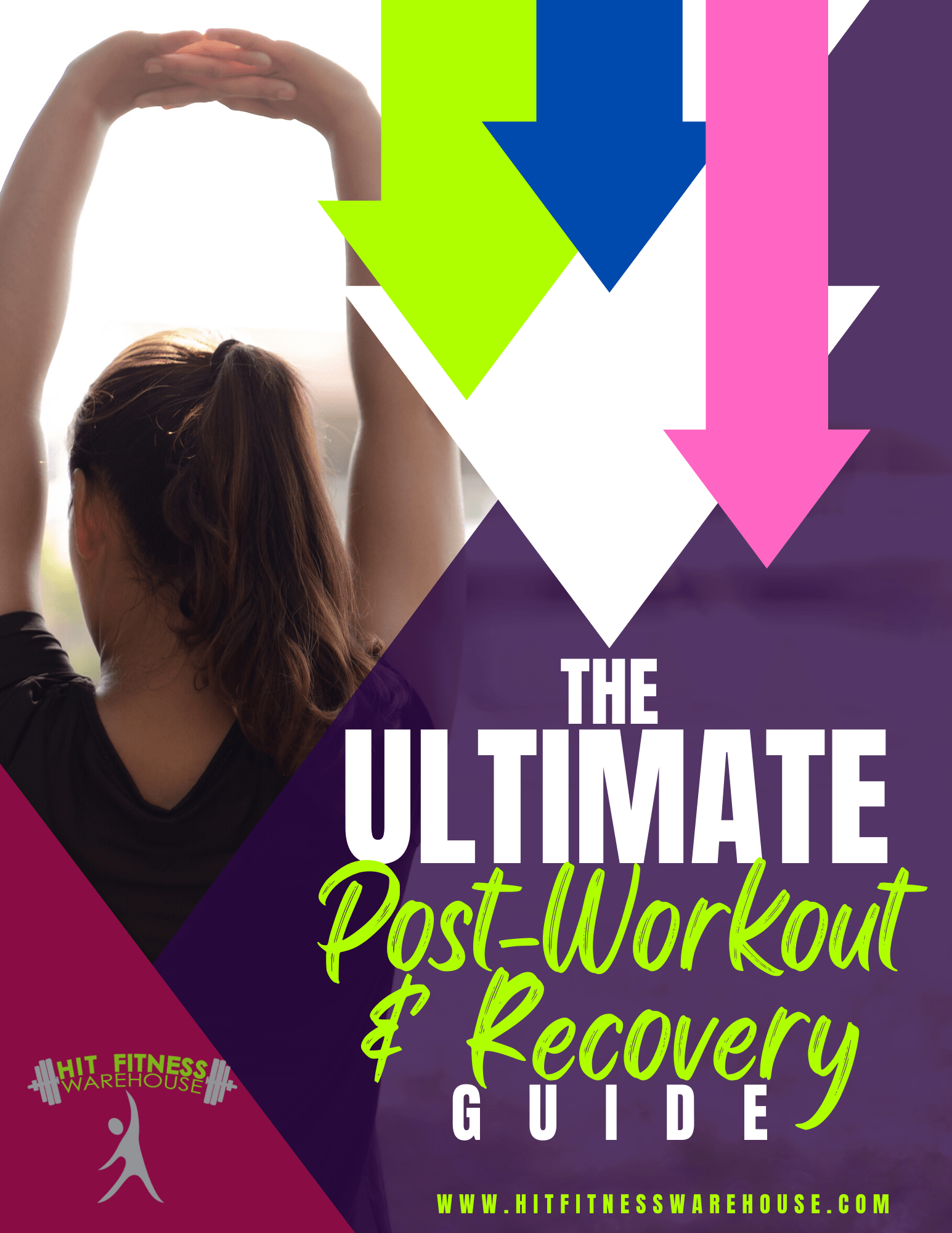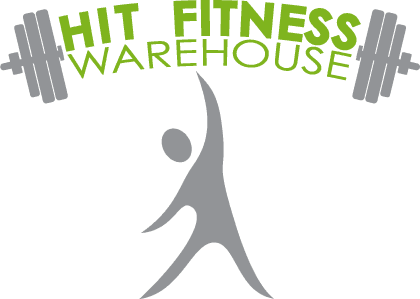PUTTING THE TRIGGER WORKOUT EXPERIMENT TO THE TEST
** Be sure to check out last weeks blog post on how to schedule these trigger workouts in your daily schedule….THE HIT FIT TRIGGER WORKOUT EXPERIMENT
How to use stress to your advantage (finally)
The stress response that you’re producing when you exercise—and that you’re teaching your brain to associate with exercise in the future—is an important piece of the training process.
We can think of that stress response as being either distress or eustress.
Distress, as you’re no doubt aware, is thought of as negative stress. It can feel overwhelming. This can break you down.
Eustress is considered positive—it’s usually short lasting and in a “dose” that feels manageable. This can build your resilience.
And the Decision that your brain mates on whether it is positive or negative stress is determined by two variables: predictability and control.
Predictability is essentially our brain’s answer to the question, “Do I know what’s happening, and do I have the resources to cope with it?”
Control is our perception of how much influence we can exert over a situation.
In a distress state, our sense of predictability and control is low, and the situation is seen as threatening.
Our brain is sufficiently uncertain of our ability to handle it. As a result, it ramps up a strong epinephrine (a.k.a. adrenaline) and cortisol-heavy response.
In a eustress state, we have a strong sense of predictability and control.
Our brain reads the scenario as challenging rather than threatening.
Our physiological response is also different. Rather than epinephrine, we produce predominantly more norepinephrine, and less cortisol.
The response is more accurately matched to the “mere physiological demand” of the situation, rather than the “better safe than sorry” adrenaline response we feel in a threatening situation.
And, once the event has passed, we return more quickly back to baseline.
For an example of a eustress-based response, think of someone who spends their day tossing hay bales on a farm or carrying bricks on a construction site.
Their body will do what it needs to get the work done and no more. There’s no anxiety, no maxed out heart rate—just efficiency. And a huge work capacity.
Be sure to Give these workouts a shot, and they might help you:
•Move more frequently throughout your day for better overall health
•Make working out seem “easier” while improving your fitness
•Do lots of exercise—without needing an hour of uninterrupted time
•Take short work breaks that invigorate your mind
•Have fun trying out a new approach to exercise
So I decided to put Trigger Workouts to the test!
Outcome:
To review, I performed roughly 500+ repetitions per day of different exercises, spread over about 10 hours per day, 5 days per week, for 1 week.
Quality of movement was and always will be you’re number one most important variable in this experiment. So it did not require me to go super heavy with weight but instead allowed me to accumulate volume, Allowing me to avoid mechanical failure. Resistance was anywhere in between 50 and 75% of my one rep max of each of the movements. In each circuit I always performed a Primary Strength Movement, an Assistive exercise (must complement the primary exercise), and a Corrective Exercise.
Corrective movements I felt was key for me because I was now forced to do the exercises needed to build on any imbalances I have in my body (these are very easy to skip during workouts). Corrective movements may include band pull a parts, slow tempo lower body movements like banded squats, and a ton of single arm or single leg exercises.. However I feel that most people would probably benefit the most from the primary strength movements like your back squats, push-ups or benchpress, deadlifts and pull-ups, etc.
I felt that these trigger workouts would work out well for me and mesh with my schedule. So every hour or so I performed my series of three movements that never lasted more than 10 minutes and was as quick as four minutes.
Although it was only one week of testing this out I’ve noticed that this was the first time I’ve been able to get all of my exercises done and completed by the end of each week. This intern save me a ton of stress. On top of that … I am able to perform 15 strict pull-ups now as opposed to 12 pull-ups a week ago, my 1 mile run dropped from 8:05 (after hamstring pull) to 7:25,, and my overall Confidence and motivation skyrocketed! I have every intention on continuing to experiment with these intermittent trigger workouts and I would recommend this to anyone that’s struggling to get in all of their exercise throughout the week. Plus it will light one hell of a fire under your ass!
Let us know what you think follow us on:
Instagram: http://instagram.com/hitfitnesswarehouse
Facebook: https://www.facebook.com/hitfitnesswarehouse
Twitter: https://twitter.com/hitfitness954New Paragraph











